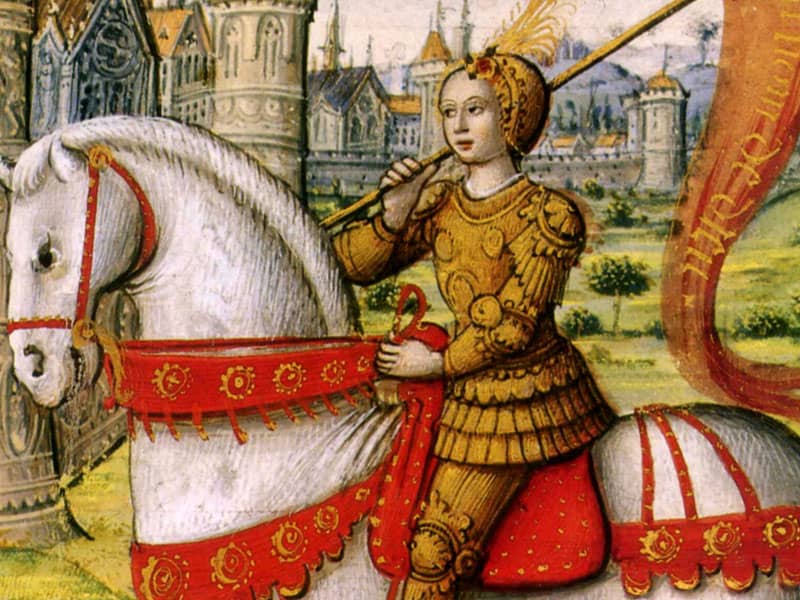All Saints Day, which falls each year on November 1, feels like an anticlimax after Halloween. Saints don't grab us like ghosts and ghouls do. They seem either too good to be true, as even favorites like Valentine and Nicholas have proved to be, or too good for this world--relics of simpler times and places. A large Gallup study, however, disputes this assumption. According to its figures, 24 million Americans, or 13 per cent of the population, are "hidden saints"--ordinary people who put their spiritual beliefs into practice in ways that make an extraordinary difference in virtually every institution and community. In the autumn of 2001, the idea that we're surrounded by secret saints suddenly seems less fanciful.
Amidst the terrors of the past weeks, thousands of ordinary people, from the fallen firefighters and police officers to diverse volunteers, have expressed their connection with a larger reality--the greatest, truest, most important thing there is, by any name--by acting for the greater good. Many more of us who are just struggling to approximate business as usual have found a renewed sense of what really matters in life. Grief and anxiety notwithstanding, there's an almost palpable relief that at last, our culture's long experiment in me-first materialism is over. Brutally forced to look beyond ourselves and our stuff, we find it's a little easier to make a coherent picture out of what, on September 10th, might have seemed like the puzzle pieces of our lives. In quiet, everyday ways, we're trying to behave accordingly in our homes and workplaces--even in the subway.
"Saint" is a Christian term, but all religions recognize the person who exemplifies the unique human gift for connecting with a higher reality, then somehow embodying it in the world. Almost all of us are good people some of the time, but some of us are good people almost all of the time. A few, such as the Dalai Lama and Mother Teresa, become publicly recognized, perhaps even with a Nobel Prize. No matter how extraordinary such saints seem, however, they differ from us only quantitatively, not qualitatively. The reason they--and this autumn, the hidden saints among us--can bring tears to our eyes and lumps to our throats is because in them, we glimpse our own potential, writ large.

